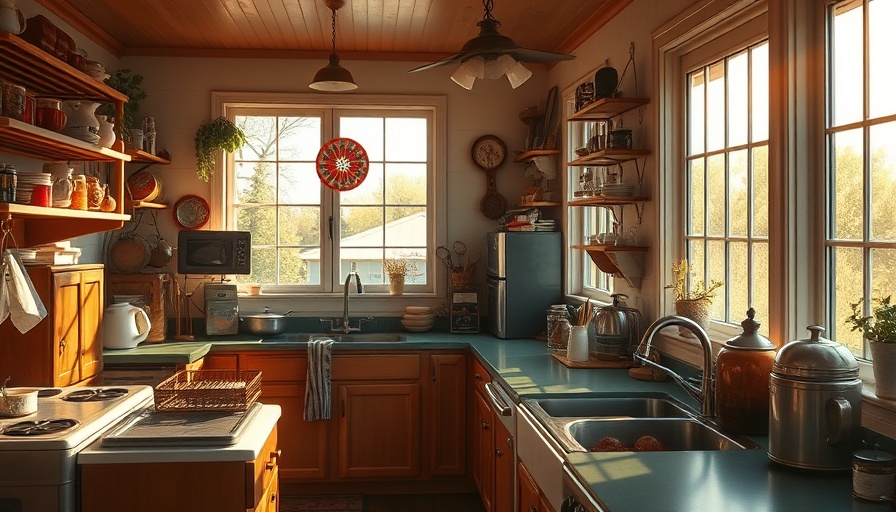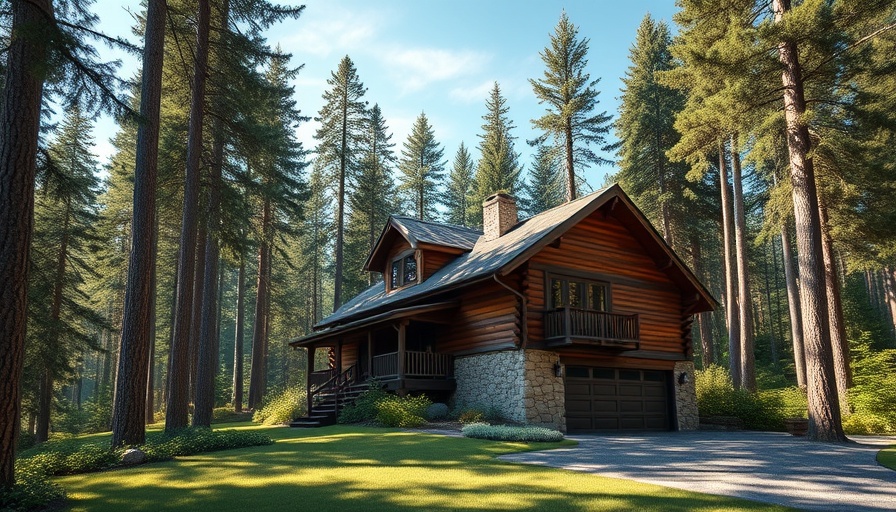
Preparing Your Apartment for a New Family Member
When you're in the bustling real estate market, whether searching for apartments for rent or houses for sale, ensuring your home is safe for children is paramount. Baby-proofing your apartment can seem overwhelming, but it all starts with understanding which safety measures are necessary and how to implement them without damaging your rental unit. Experts emphasize that thoughtful baby-proofing contributes not just to safety but also to the emotional development of children.
Essentials for Baby-Proofing: Start with Safety
Before diving deep into your baby-proofing efforts, start with essential safety measures, such as outlet covers, furniture anchors, and gates. Safety professional Alberto Guerrero expresses that securing your environment first ensures you create a safe physical space for your little one. Remember the essentials: “Start with the essentials: outlet covers, furniture anchors to prevent tipping, and safety gates for stairs,” identifies Guerrero, highlighting the importance of a proactive approach. Invest in stylish yet functional solutions like invisible cabinet locks that keep hazardous materials out of reach.
Finding Rent-Friendly Baby-Proofing Solutions
For renters, especially those fiercely protecting their security deposits, baby-proofing doesn't have to involve tools or alterations that could jeopardize rental agreements. “Magnetic cabinet locks are fantastic—they install with adhesive, stay out of sight, and come off cleanly,” recommends Dan Anderson of Dad Logic. By focusing on renter-friendly options, families can create a secure environment without stressing about property valuations during house inspections.
Nurturing Independence While Ensuring Safety
Baby-proofing is as much about fostering independence as it is about preventing accidents. By gradually allowing children to explore their surroundings in safety, parents can encourage their little ones' emotional growth. Expert Dina Cooper explains, “We want to protect children, but also nurture their independence.” By leaving a few lower drawers filled with child-safe utensils, families strike a balance between safety and exploration, allowing children to engage with their environment in a positive way.
Hidden Hazards: Watch Those High-Traffic Areas
Door injuries are some of the most common hazards that can be easily overlooked during baby-proofing activities. Children are particularly vulnerable as their small fingers can get caught in swinging doors. Nina Zhang emphasizes, “We recommend installing pinch guards and slow-close toilet seat covers,” which can help alleviate these everyday risks. Parents should remain vigilant about high-traffic areas as they present unique dangers for children who are naturally curious and less aware of their surroundings.
The Real Estate Perspective: A Market for Safety
For real estate agents, understanding the needs of families is vital as they navigate through properties available in the rental and buying markets. The demand for family-ready space is on the rise, particularly among buyers in search of homes for sale that provide ample room for safe play and comfort. Features like open layouts and secure outdoor spaces can enhance a property’s appeal to families eager to ensure their children's safety.
Conclusion: Secure Your Space, Embrace Parenthood
As you prepare your living space for the arrival of a new family member, it’s important to choose baby-proofing solutions carefully. By focusing on renter-friendly options, nurturing independence, and remaining aware of hidden hazards, families can create an environment that promotes both safety and growth for their children. Whether you're looking at rental properties or new construction homes, the goal remains consistent—building a safe haven for your loved ones.
As you navigate your next steps in real estate, remember the importance of creating spaces that prioritize family safety. Stay on top of market trends to ensure your investment provides the best environment for growth and security.
 Add Row
Add Row  Add
Add 




Write A Comment